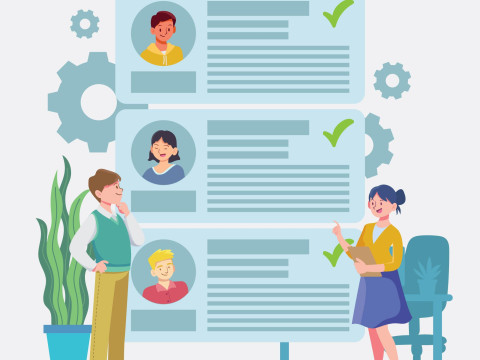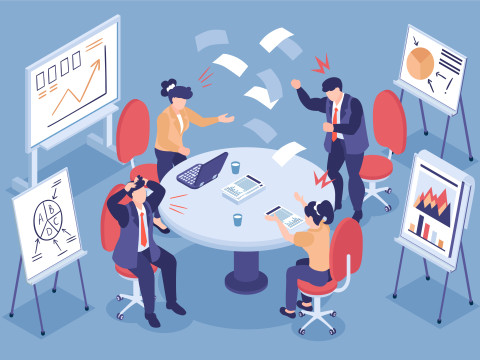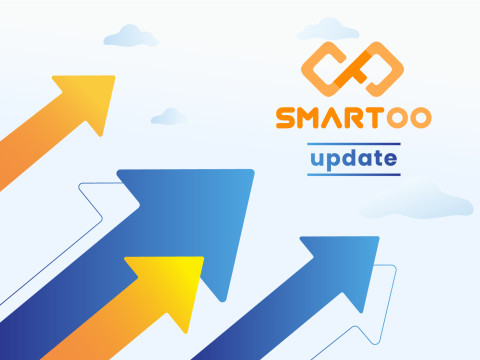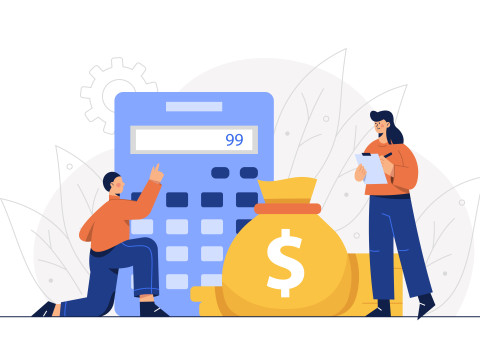Difference between a Resource Management Tool and a Project Management Tool
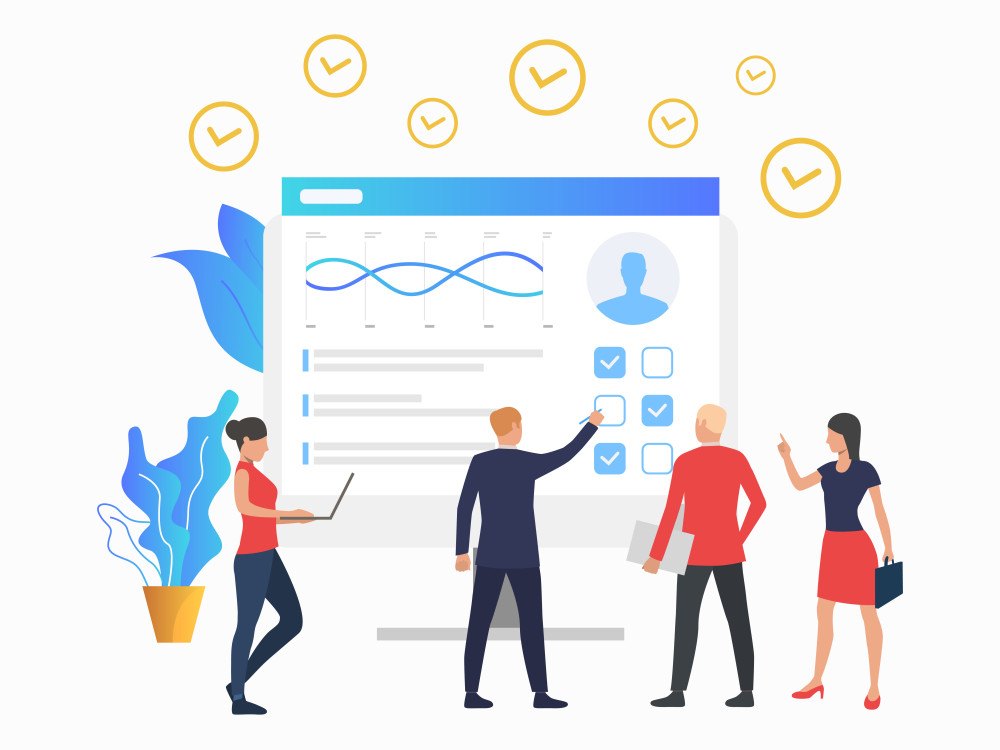
Many people assume that resource management and project management are the same, and are unaware of the difference when looking at software to help businesses and other organizations complete these tasks.
Both tools help businesses manage complex processes and aim to improve operating efficiently and hence lower costs. However, Resource Management Software (RMS) and Project Management Software (PMS) play different roles and offer different advantages to businesses.
When diving into the differences between project management software and resource management tools, we need to understand the roles and applications of both resource management and project management. In this article, we’ll compare the difference between these two highly useful software types.
What is a Resource Management Tool?
Resource management software (RMS) software aims to improve the efficiency and ease of the traditional role of a resource manager. To begin analysing what resource management software (RMS) can do for business, we must first touch on what a resource manager does.
The Role of a Resource Manager
The role of resource management is to efficiently coordinate and utilize an organization's resources. This includes their staff, tools, assets and other capital – including their physical premises. A resource manager often works organization-wide to coordinate resources for all the projects a company is working on, ensuring that the needs of all projects are met.
Resource management tools mainly focus on human resources, and how staff are being utilized and allocated across their projects.
It is therefore quite clear what resource management software aims to help with: the management of a company’s entire assets, capital and human resources at the macro-level.
With the use of a resource management tool, it's easy to keep on top of an organization's resource capacity – helping resource managers to commission new projects, track their workforce and also forecast resource utilization.
What features do resource management tools usually have?
The key to any quality resource management tool is the ability to allocate and track the use of individual resources – whether that’s a single employee, a piece of machinery or a warehouse.
For a small team, resource management planners like Smartoo allows resource managers to schedule tasks and assign staff to projects with ease.
Resource management tools often give companies an overview of which resources are being used for specific projects and often integrate with Project Management Software to give a neat top-down view of a company's entire operations.
These tools can help alert human resource managers if a member of staff is being over-utilized. They can also track if any one team member – or a whole project – is not reaching their performance potential.
When resource managers are ready to share their findings with company directors, resource management software can allow them to compile reports on a company’s resource utilization and include forecasts for how smart algorithms expect a company’s resources to be utilized in the future.
What is a Project Management Tool?
Whereas resource management focuses on the resources of an organization as a whole, Project Management Software (PMS) focuses on resources, tasks and performance at a project level.
The Role of a Project Manager
Project Management is – clearly - handled by project managers. Project managers are responsible for ensuring their team can reach the goals specified by a project plan that has been vetted and commissioned by a resource management executive.
The role of a project manager relies heavily on the success of a singular delivery goal – whether this is a piece of software, a new product line or a bright idea. A project manager must identify the project’s scope, determine its requirements and coordinate a project team to meet these requirements on time and under budget.
Projects can vary differently in size, length and budget. Some can be simple – whereas fixed scope and schedule is identified - whereas others can be scrum (or agile) where decisions and amendments are made all the time based on real-time data. Both types of projects can benefit from a good project management tool.
How can Project Management Software help?
Project Management Software (PMS) is usually focused on the management of a project’s team. It facilitates collaboration – often through remote working integrations like text chat, attachments and sometimes video conferencing – alongside clear indications of a project’s deadline and progress.
Through PMS tools, project managers can more easily delegate tasks to their team and compile reports for clients and resource managers.
What features do project management tools usually have?
Project managers can easily track the lifecycle of their project through PMS dashboards and help keep projects in scope.
In the initial stages of a project, PMS tools can help project managers create a detailed project plan, scope and initial proposal. Then, once a project goes underway, project management tools offer time tracking features to assess the utilization of a project’s staff.
Along the way, a PMS will track the expenses of a project and analyse whether a team is on track to meet its budget guidelines. With so many projects missing schedules and going over budget, project management helps reduce the cost of projects by ensuring that managers keep an eye on expenses and are utilizing their resources efficiently.
If projects work with an end client, PMS tools often facilitate some methods of communication with clients so that they too can track project progress. This helps reduce revisions and delays as clients can provide feedback during all stages of development.
Finally, when new team members join a project, a project management tool offers an easy way for them to review the history of the project, understand its goals and requirements and get delegated tasks straight away.
Conclusion
Both resource management software and project management software help organizations be far nimbler and make changes to their operations, resource use and projects far more easily. The distinction between the two comes at the level they operate at.
Resource management occurs at an organization-level and good resource managers work with project managers and their PMS solutions to coordinate human resources across a company's many projects.
Project management software helps improve the efficiency of a project manager, including faster task delegation, accurate time tracking and easy communication with a client.
An organization should consider both approaches to enterprise planning software for both levels of their operation.

